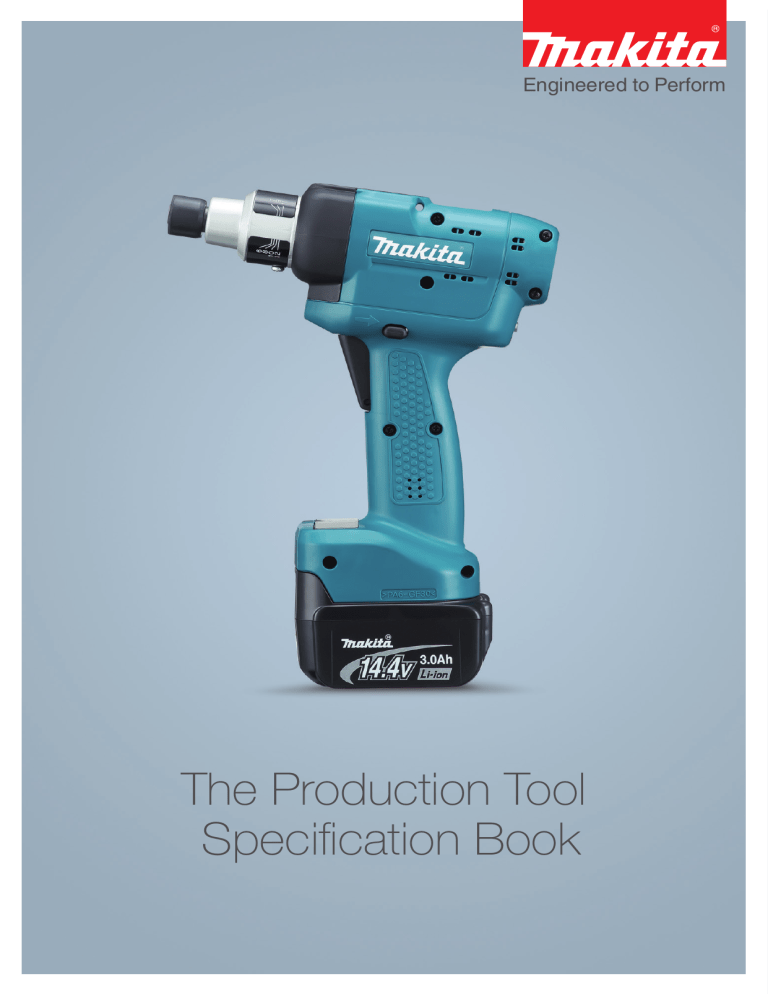

What factors impact on the cost of tooling?Įnsuring high-quality tooling requires a wide range of factors to be considered. In fact, thanks to modern engineering techniques the tooling costs for CNC machining and precision cold forming are relatively low in most cases. However, there is a common misconception that tooling is an expensive and sometimes cost-prohibitive process. The cost of tooling will change from project to project because it depends on so many variables. So for the best parts, tooling needs to be designed and engineered to the highest quality.

The quality of a finished part, its properties, the speed and accuracy with which it can be produced and the repeatability of manufacture in high volume production runs, all depend on the precision and characteristics of the tooling. There are many different types of tooling, of which the most common are: work holding tools, such as jigs and fixtures cutting tools for milling and grinding machines dies for cold forming, sheet metal, forging and extrusion machines and welding and inspection fixtures. Tooling is the process of designing and engineering the tools that are necessary to manufacture parts or components. In this month’s blog, we address some common questions on tooling, including what it is, why it’s important and what it costs. Looking for production capacity planning tools? Start building your simulation model with anyLogistix software.Tooling process is an essential part of the manufacturing process, but many companies are uncertain of the best method of production and what they should be paying.
#PRODUCTION TOOL SOFTWARE#
Simulation models allow you to improve forecasting efficiency in comparison to traditional analytical production capacity planning software tools. WHY CARRY OUT MANUFACTURING CAPACITY PLANNING WITH ALX SOFTWARE?ĪLX complements traditional mathematical optimization techniques with simulation capabilities. Multi-echelon inventory and lead time fluctuations.Variability in demand for multiple BOM components.Prices and lead time probabilities for different suppliers.Here is what you can take into account in ALX to determine better solutions in production inventory planning: Raw and packing materials, MRO, work-in-progress, and in-transit inventory all have to be considered during the manufacturing capacity planning process. Tariffs and taxes in different countries.Areas and clients supplied by each site, considering demand uncertainty.Transportation costs and lead times for each site, taking into account risks.In the model, you will be able to take into account a wide range of constraints, for example:
#PRODUCTION TOOL HOW TO#
With ALX, you will be able to test multiple scenarios, including emergency situations, to find out how to distribute the workload across several manufacturing sites in the best way. Managing Workload across Manufacturing Sites Production Capacity Planning with anyLogistix software The video will show you how to perform what-if scenarios in anyLogistix to estimate their capability to satisfy the daily production plan.


 0 kommentar(er)
0 kommentar(er)
